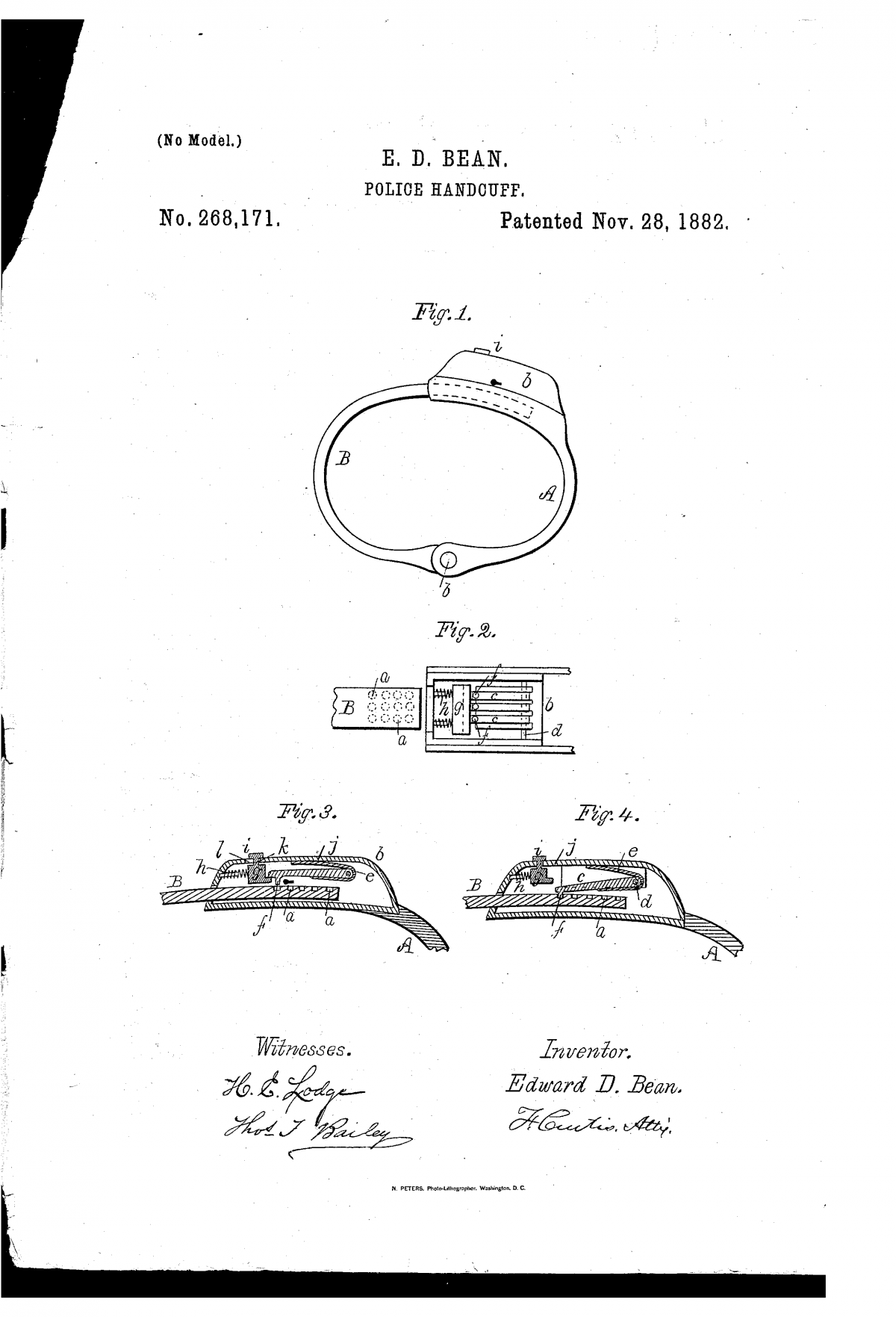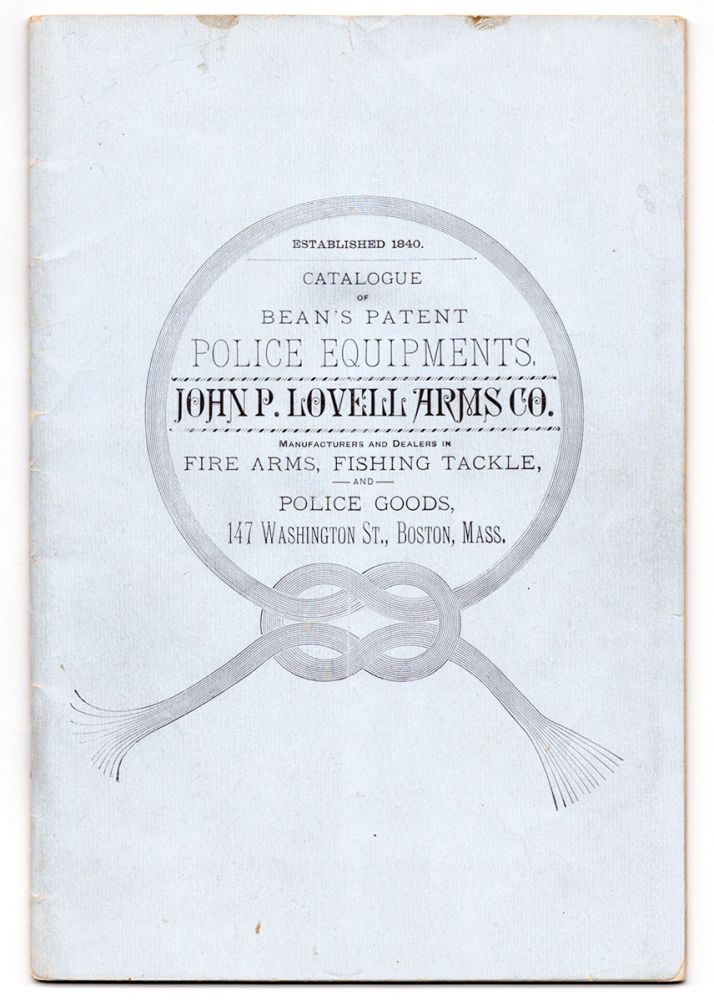
This Catalogue of Bean’s Patent Police Equipments from 1891 features a range of weaponry and apparatus for keeping the peace, enforcing the status quo and cracking the heads of anyone deemed criminally deviant. Produced in Boston by John P. Lovell Arms Co., this is a policeman’s ‘how-to’ guide.
In addition to its business of trading in fishing tackle and bicycles, the John P. Lovell Arms Co. manufactured coshes and clubs – including the punishingly brutal ‘paralyzer’ – ball and chains, cuffs, hooks, leg irons, chains, hand-cuffs with neck-band accessory, holsters, revolvers, police badges, and shiny buttons. For the uniformed hard of learning, the book also details how to use the items.
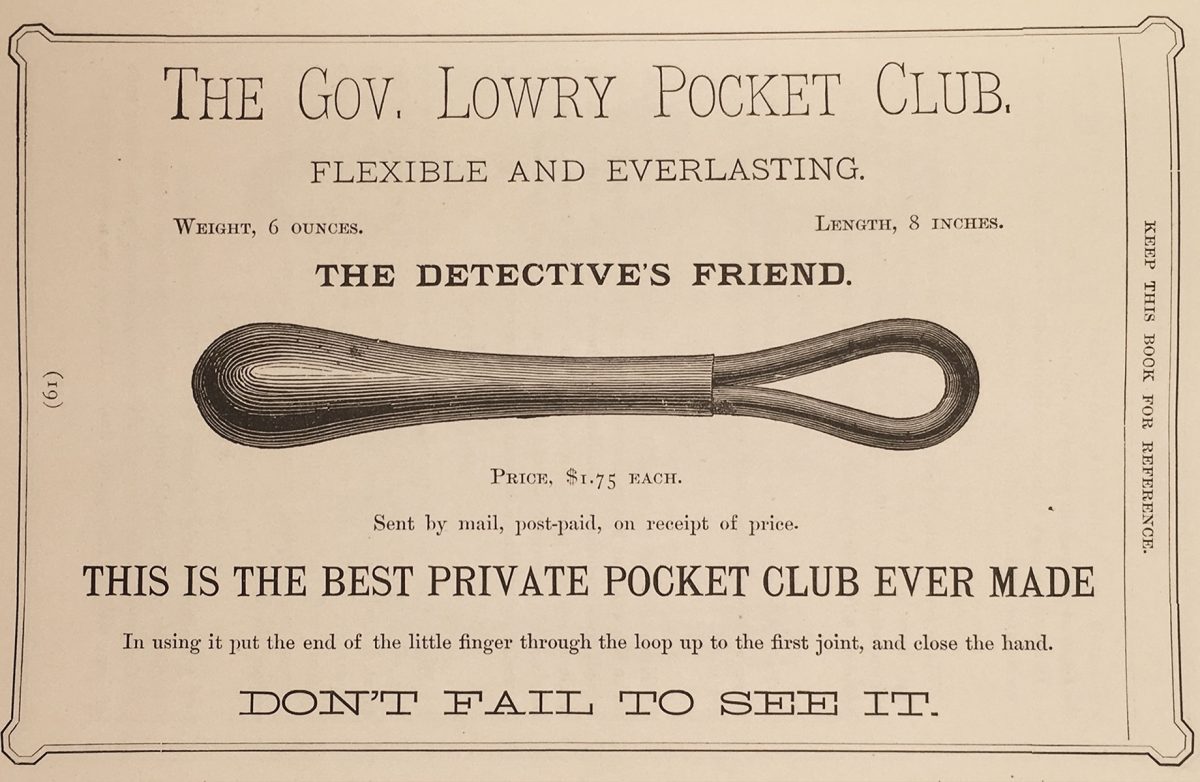
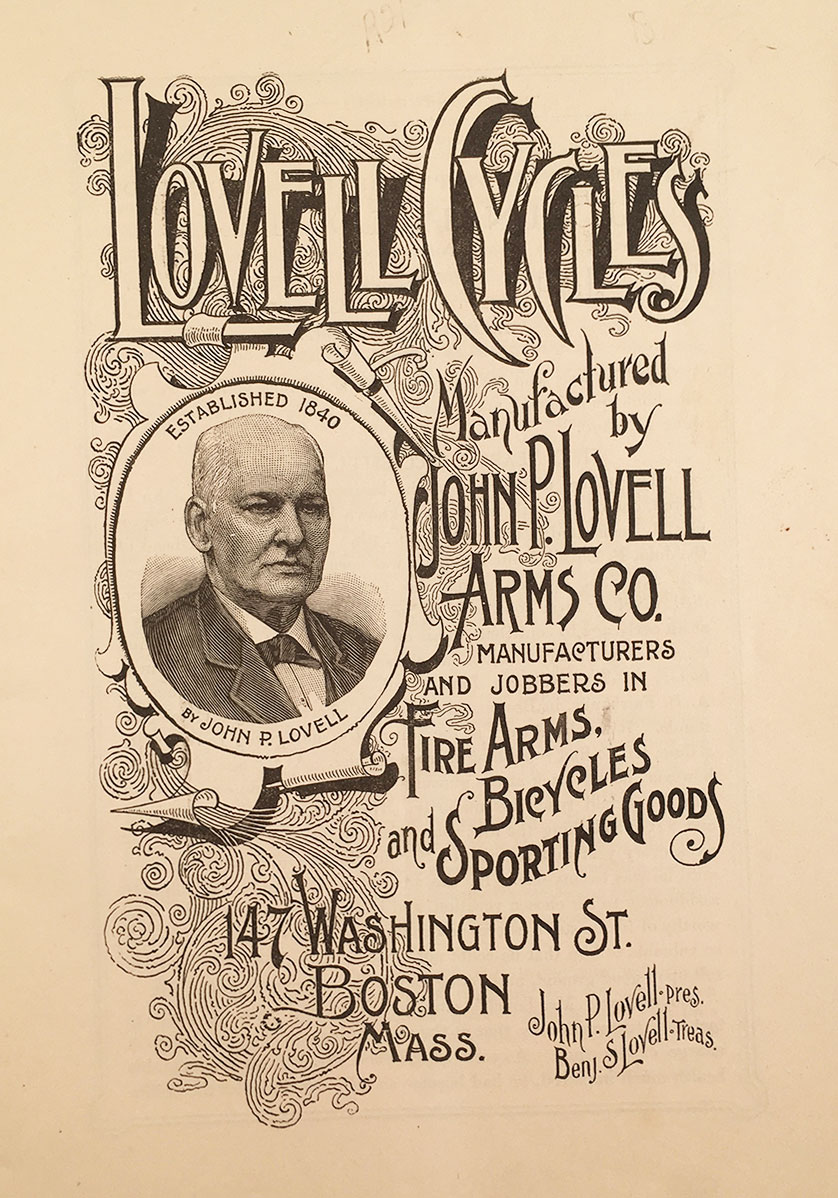
John P. Lovell Arms Co. was established by John P. Lovell in Boston in 1840. Around 1895, Lovell Cycle & Ether Motor Co. was organized in South Portland, Maine, by Lovell’s sons, Col. B.S. Lovell and H.L. Lovell to manufacture motorized bicycles, vehicles and launches. In 1894, the company opened a branch in Portland, Maine, and in 1900 the company was sold to Iver Johnson’s Arms and Cycle Works.
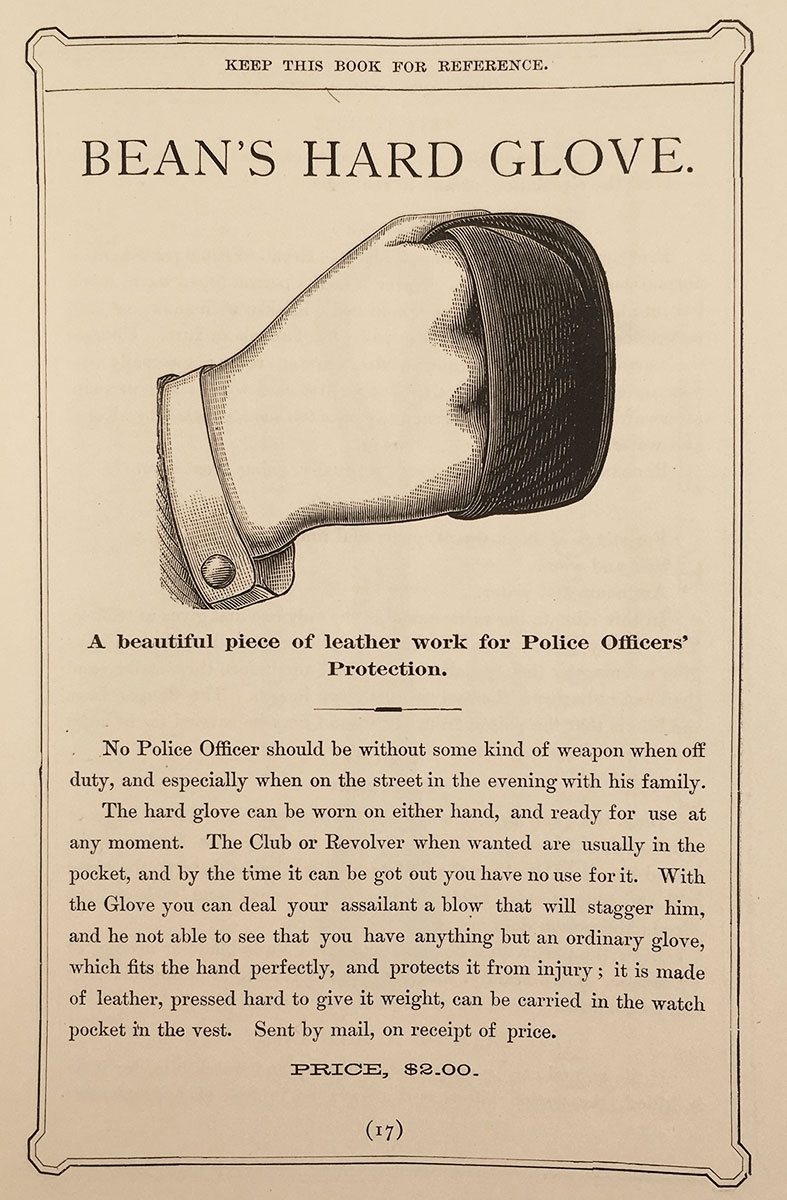
Edward D Bean (1838–1908) was born in Hollis, Maine. He rose to the rank of Captain in the 2nd New Hampshire Infantry. And with a military bent, Bean created goods for turning the streets into war zones. He’d be very much at home in today’s America, where military-grade weapons are routinely used on US citizens. Policing in America runs on fear. A paramilitary-style police force no longer keeps law and order with minimal force. They now act more like soldiers than police, tooled up with M-16s, body armor and armored personnel carriers. And when you’ve got the gear, you might as well use it. There’s an arms race on the streets of America. And neither citizens nor police will win.
As for Mr Bean, well, he enjoyed success with his patented handcuffs, which came with a lock and an adjustable stop which could be controlled by a readily-accessible thumb knob. This made locking or unlocking the handcuff faster, so reducing the chance of escape from the control of the office (see ‘paralyzer’).
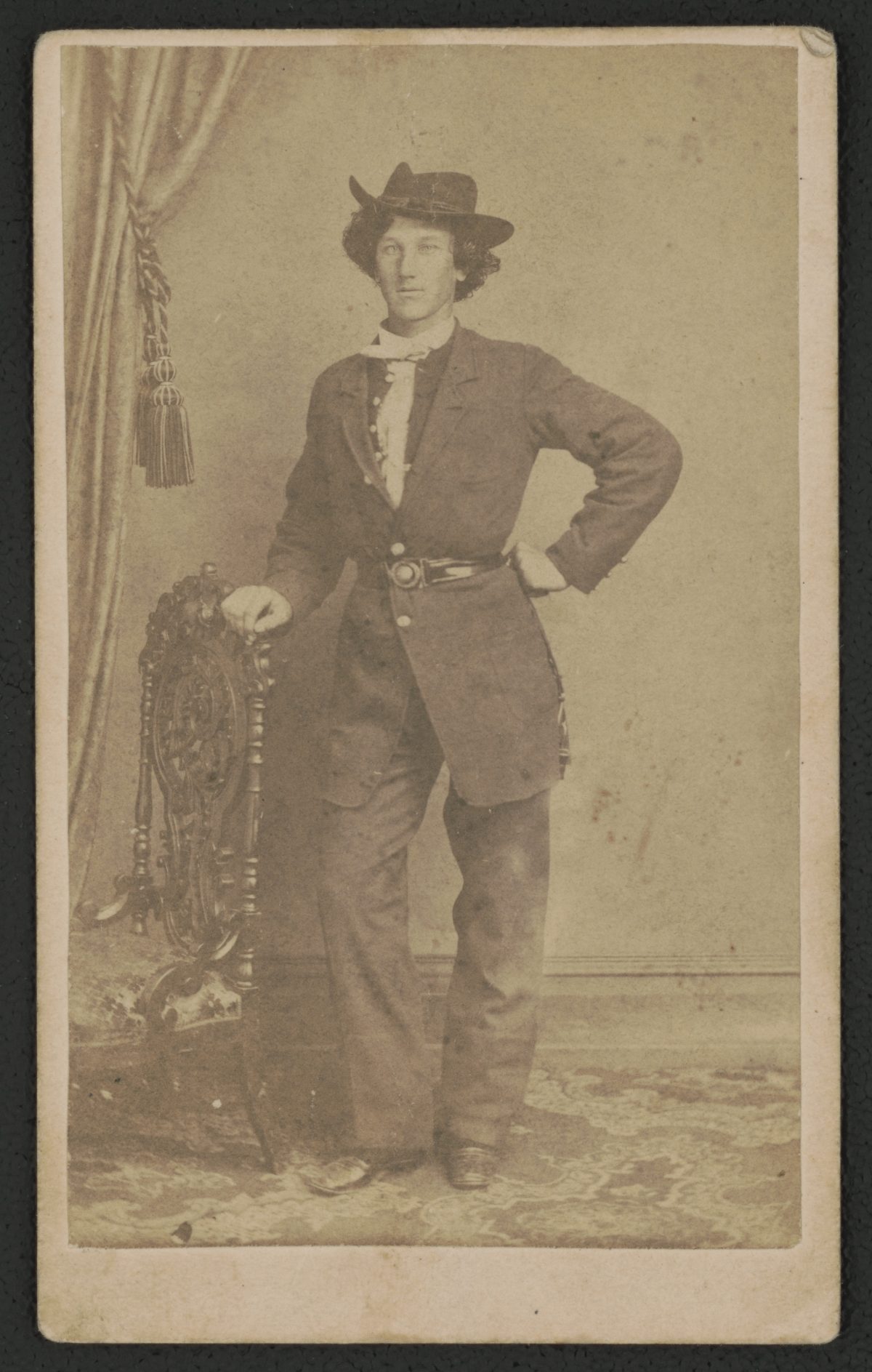
Captain Edward D. Bean of Co. C, 2nd New Hampshire Infantry Regiment in uniform – c. 1861
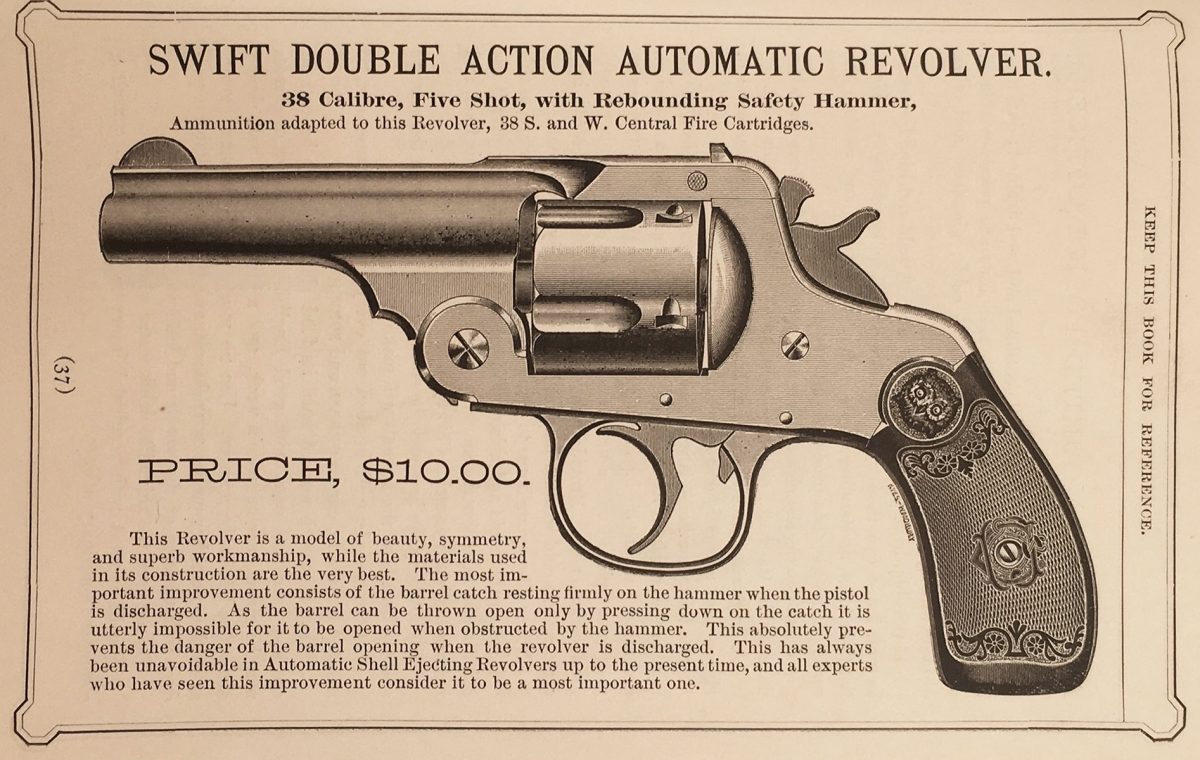

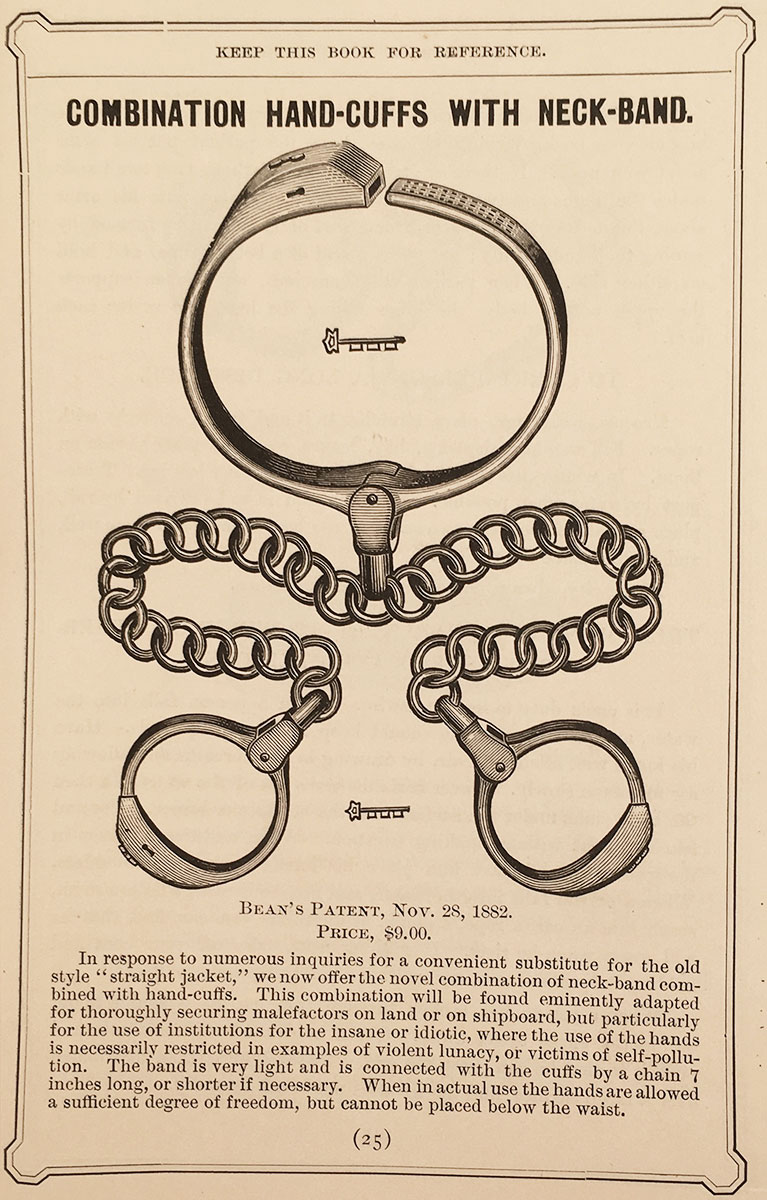
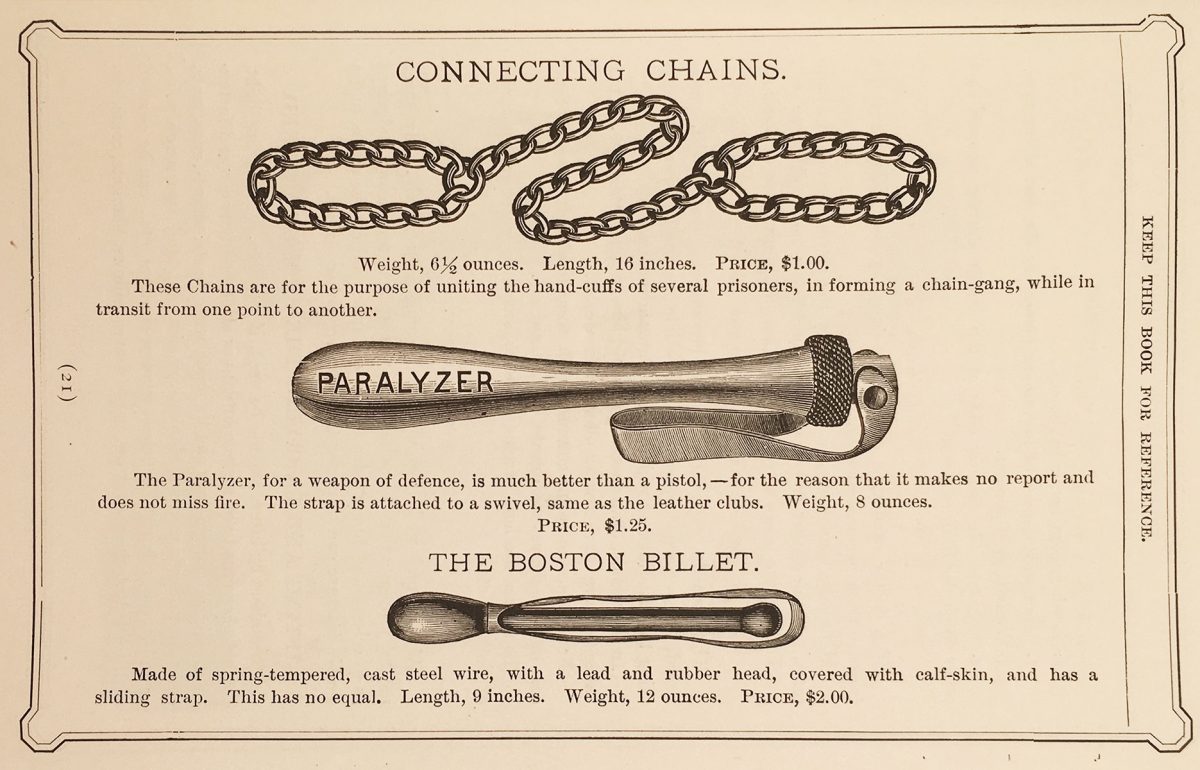
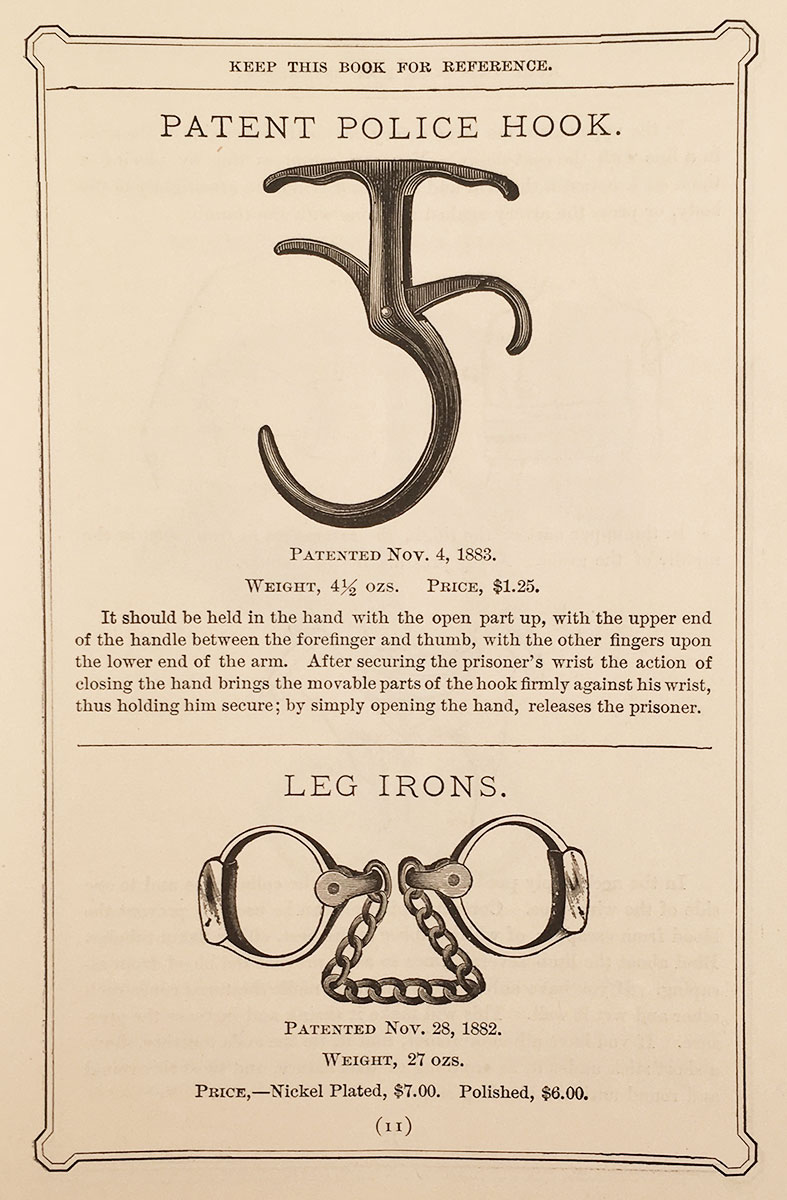
Bean’s guides featured not only the means and method of attack but also the repairs. Bean’s “Hints to Criminal Officers” guides officers on how to treat acid burns, bites rom a mad dog, sprains, dislocations, fractures, how to place a person on a stretcher (perhaps one you’ve e just questioned with the paralyser), and how to kill humanely.
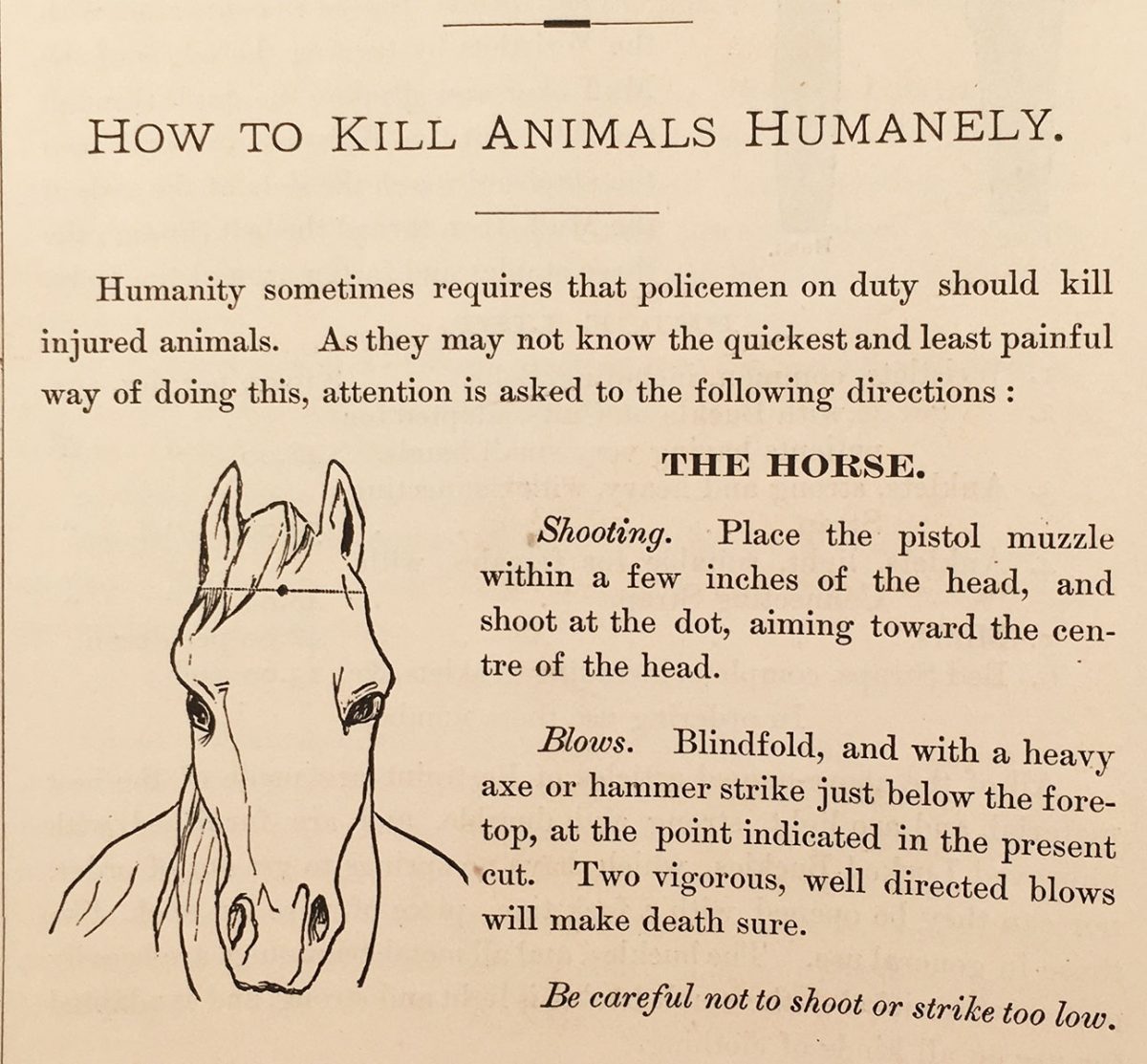
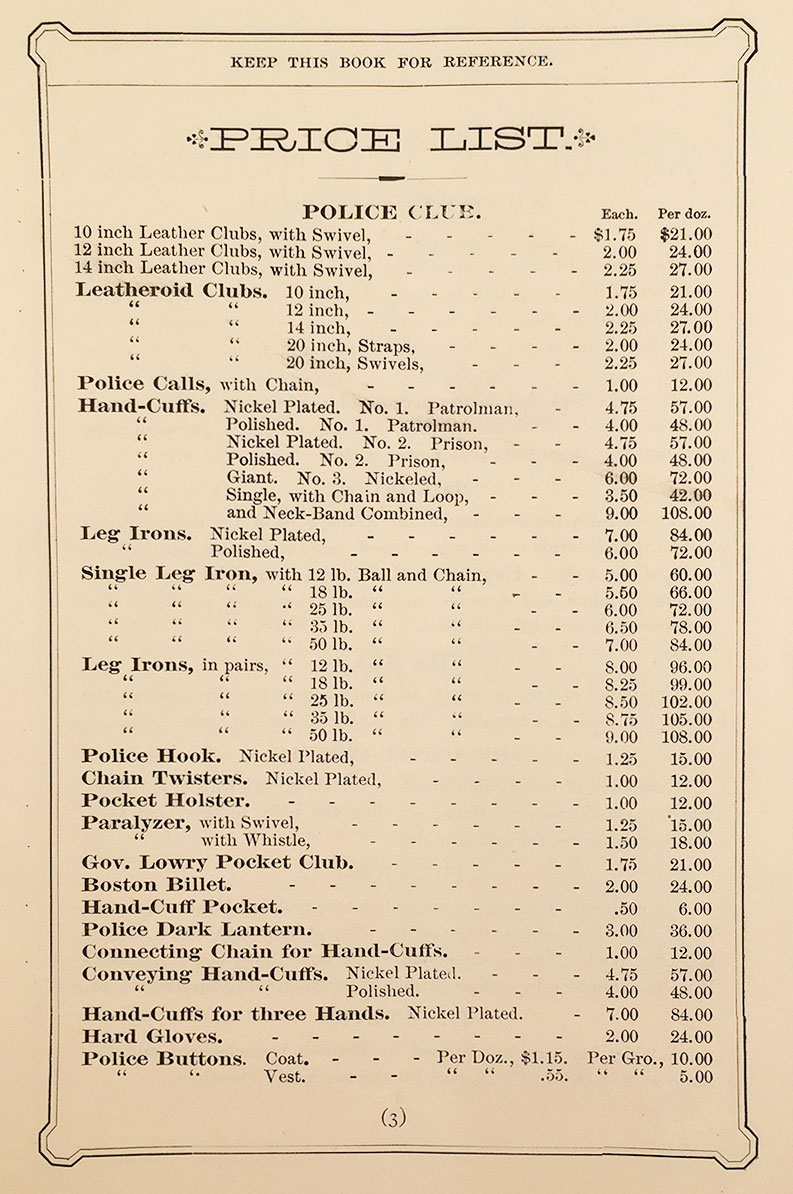
Via: James Arsenault
Would you like to support Flashbak?
Please consider making a donation to our site. We don't want to rely on ads to bring you the best of visual culture. You can also support us by signing up to our Mailing List. And you can also follow us on Facebook, Instagram and Twitter. For great art and culture delivered to your door, visit our shop.


